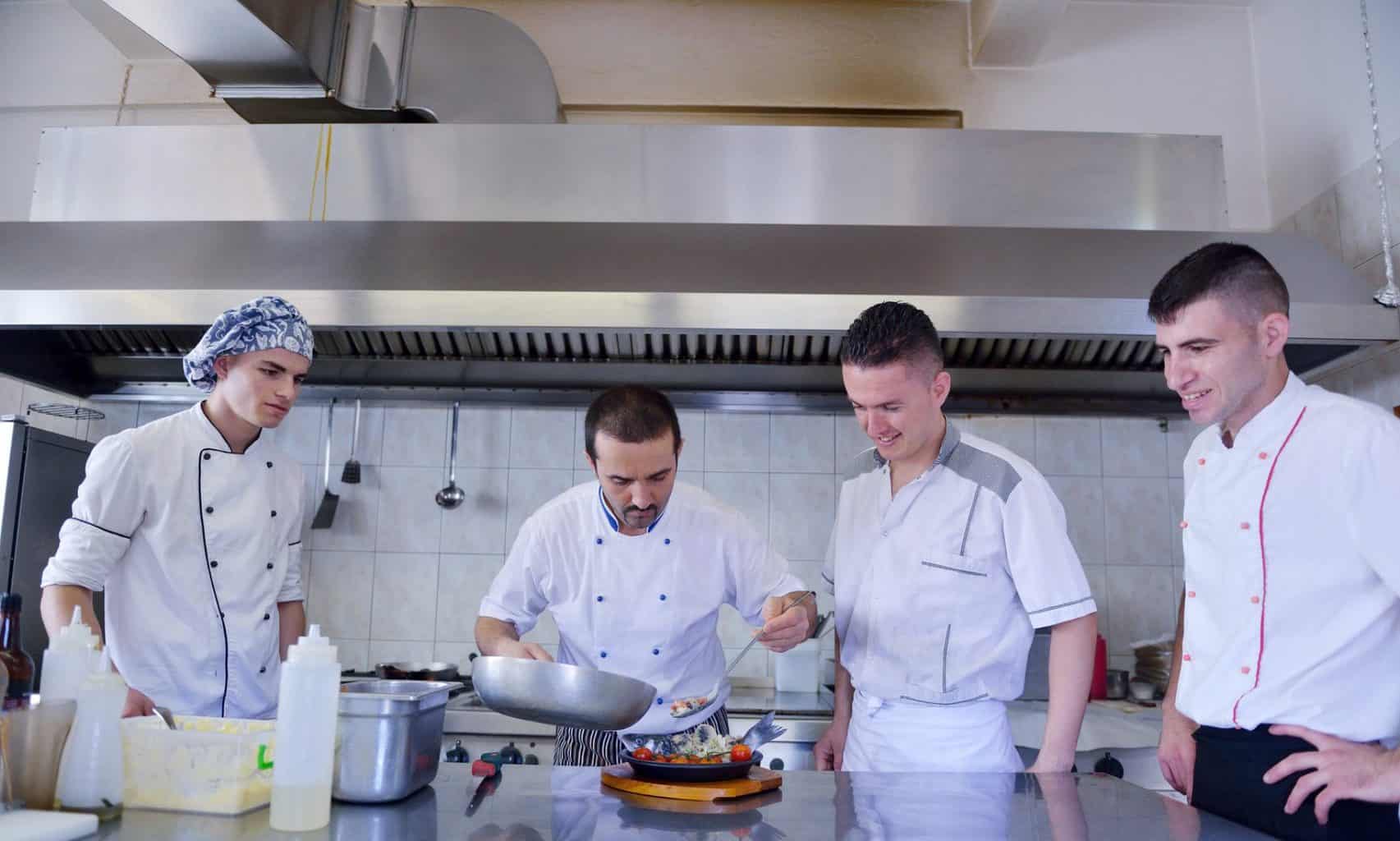Do You Need Hood Cleaning In Winston Salem NC?
U.S. fire departments responded to an estimated average of 7,410 structure fires per year in eating and drinking establishments between 2010 and 2014. These fires caused average annual losses of three civilian deaths, 110 civilian injuries, and $165 million in direct property damage each year.
